Learn Astrophotography with Frank!
Check out our online courses, and learn the secrets behind the images on this site! Select one to learn more.
[lifterlms_courses]

Check out our online courses, and learn the secrets behind the images on this site! Select one to learn more.
[lifterlms_courses]
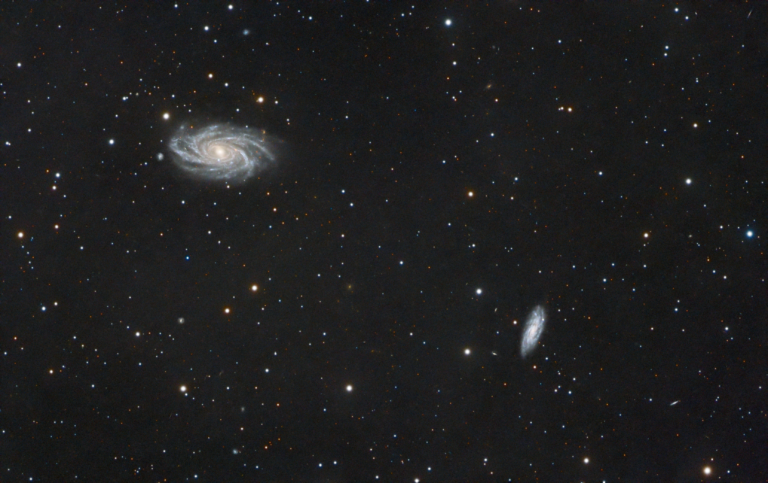
Spent a couple of nights imaging these distant galaxies; the spiral in the upper-left is NGC2336, and the other is IC467. Galaxies this faint and distant generally don’t have catchy names! NGC2336 is 100 million light-years away. Think about that – you’re looking 100 million years in the past. The light we captured started its…
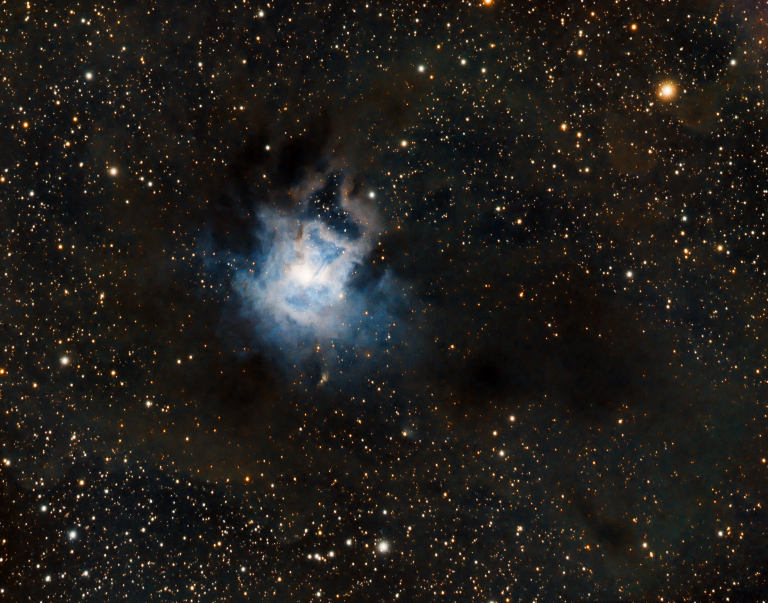
Located about 1,300 light-years away, the Iris Nebula is a reflection nebula – unlike most of the nebulas on this site, it’s not made of ionized gases emitting light of their own. It’s just starlight reflecting off clouds of dust. Reflection nebula are harder to image in light-polluted skies, since the narrowband filters we use…
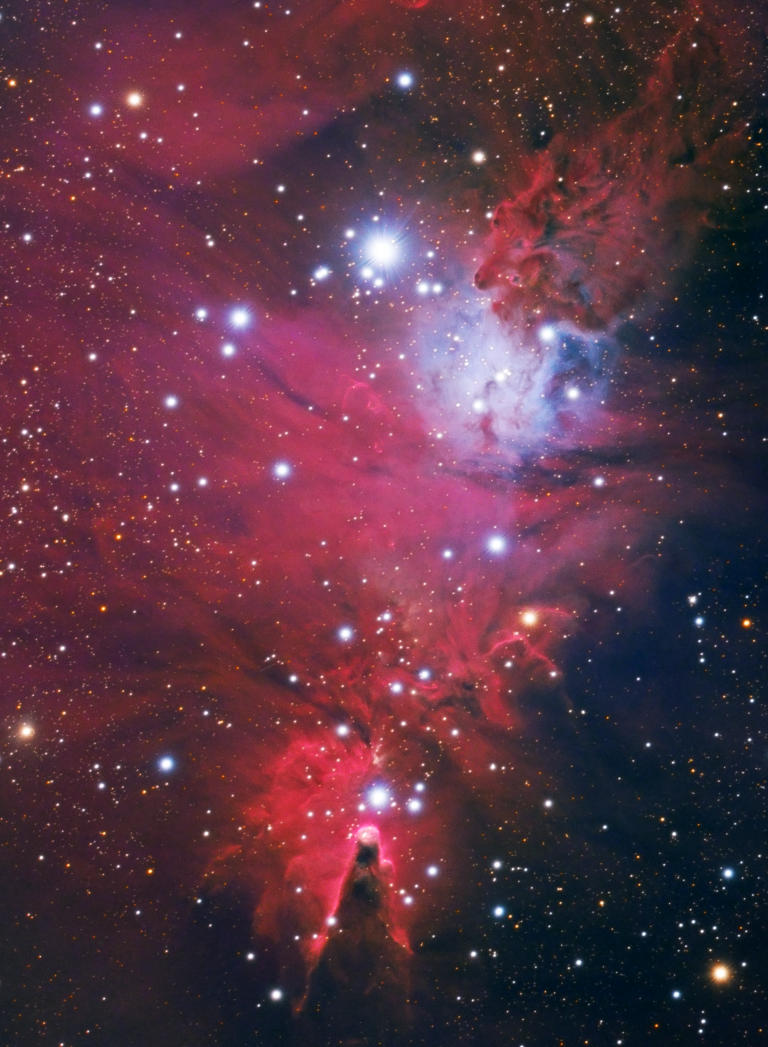
This is the Christmas Tree Cluster (turn the picture upside down and you might see it!) But the real focus here is the Cone Nebula at the bottom of the image, and the Fox Fur Nebula in the upper-right. Lots of red Hydrogen gas here being ionized by the young stars it formed. Also visible…
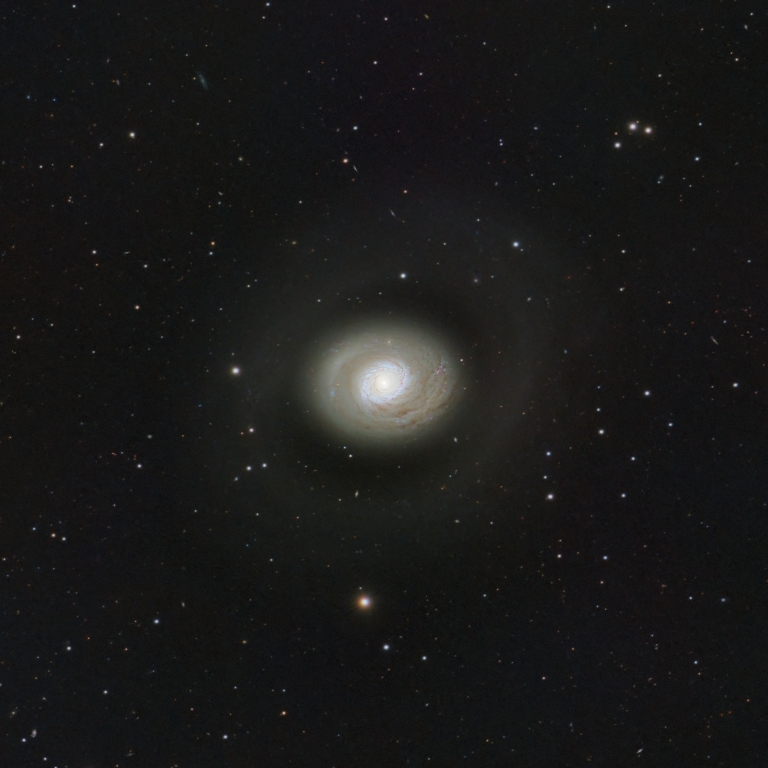
Sometimes called the “Cat’s Eye Galaxy,” this is M94 – about 16 million light years away in the constellation Canes Venatici. You can barely see its faint outer ring surrounding it here, as well as several very distant background galaxies. It’s notable for challenging our understanding of the universe – it appears to have very…
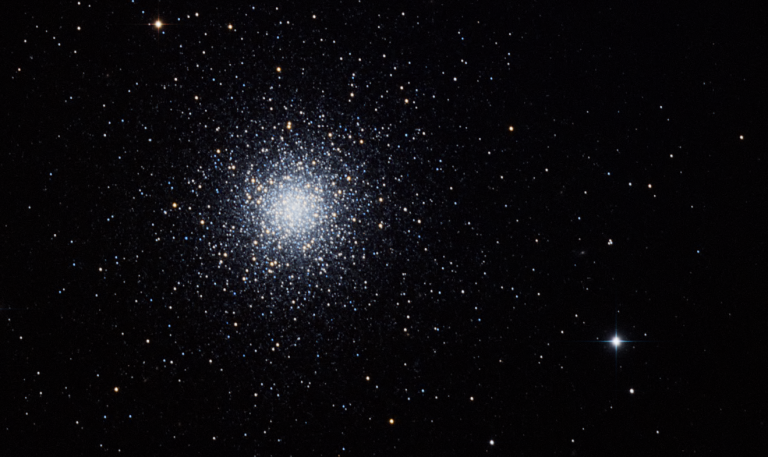
You’re looking at about 500,000 stars, balled up just outside of our galaxy. They are ancient; about 8 billion years old.
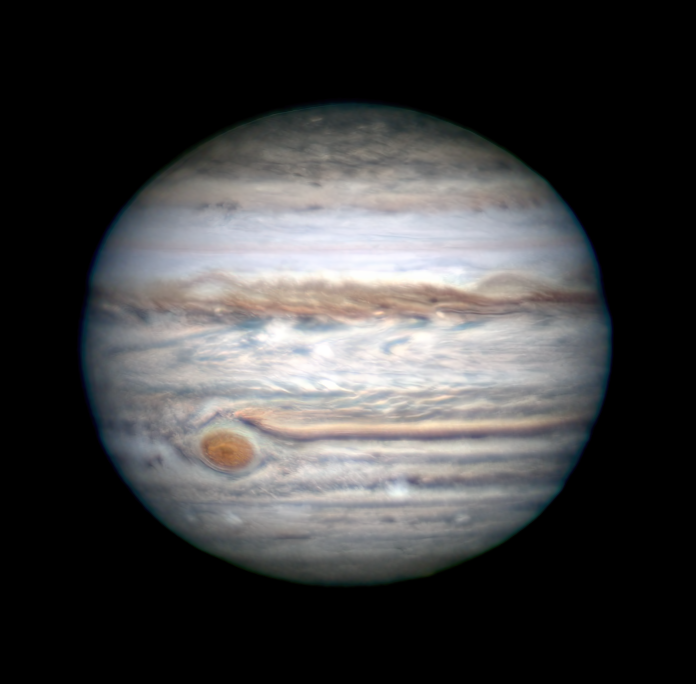
It’s been awhile since I attempted Jupiter and Saturn… years, in fact. But last night was too good to pass up. Jupiter is just past its opposition, and it’s one of its closest approaches to Earth ever. There wasn’t a lot of turbulence in the air late last night, the Great Red Spot was out,…
Clicking on both the links on online courses (at http://18.216.0.7/2020/12/16/learn-astrophotography-with-frank/?mc_cid=e5ec7b030e&mc_eid=d2939fb3f3) is giving error. It seems briefly it comes on and then shows the error. I am an enthusiast for astro photography.
Thanks for letting me know! I think this is cleared up now.